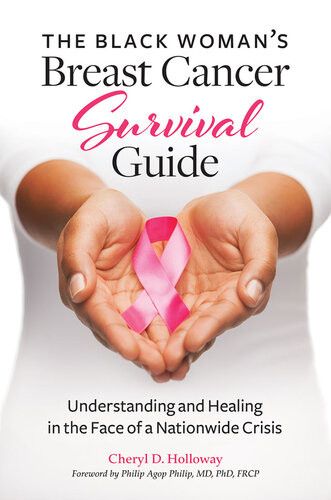

Most ebook files are in PDF format, so you can easily read them using various software such as Foxit Reader or directly on the Google Chrome browser.
Some ebook files are released by publishers in other formats such as .awz, .mobi, .epub, .fb2, etc. You may need to install specific software to read these formats on mobile/PC, such as Calibre.
Please read the tutorial at this link: https://ebookbell.com/faq
We offer FREE conversion to the popular formats you request; however, this may take some time. Therefore, right after payment, please email us, and we will try to provide the service as quickly as possible.
For some exceptional file formats or broken links (if any), please refrain from opening any disputes. Instead, email us first, and we will try to assist within a maximum of 6 hours.
EbookBell Team

0.0
0 reviewsThis "what you need to know" guide is unique in its common sense, "laywoman's" approach and particular relevance to women of color. Its premise is simple: ignorance and lack of education about breast cancer signs and symptoms are still all too prevalent among black women. Many women are not informed about resources available for early detection screening and are not referred for mammography screening. They may also receive significantly delayed treatment—especially black women. For those reasons and more, black women with or at risk for breast cancer need an advocate who speaks for them and tells them the truth. They have that advocate in Cheryl Holloway, PhD—and in this book.
A breast cancer survivor and cancer researcher, Dr. Holloway draws on her personal experience and research to offer something far different than the usual medical/oncological works. Her book provides support, current information, and practical advice for confronting and beating the disease. The book is divided into four parts. "Dealing with the Basics" explains how breast cancer hits black women harder and discusses the types of breast cancer they may develop, with an emphasis on the most dangerous. The second section offers practical information, such as how screenings work and the meaning of various breast cancer tests. Part three describes treatments, including surgery, radiation therapy, chemotherapy, hormone therapy, combined therapy, and other options. The final section describes how to stay vigilant after the cancer is gone and also discusses other forms of cancer for which black women are at risk, such as lung cancer, colon cancer, and cervical cancer.